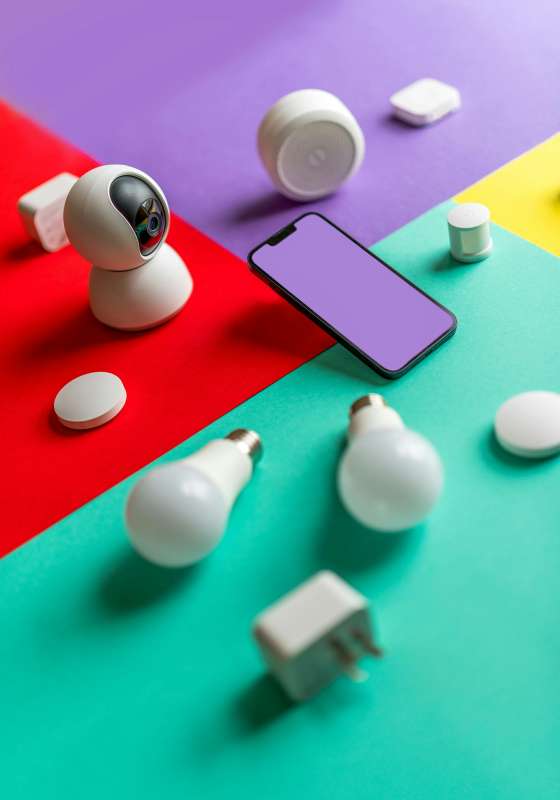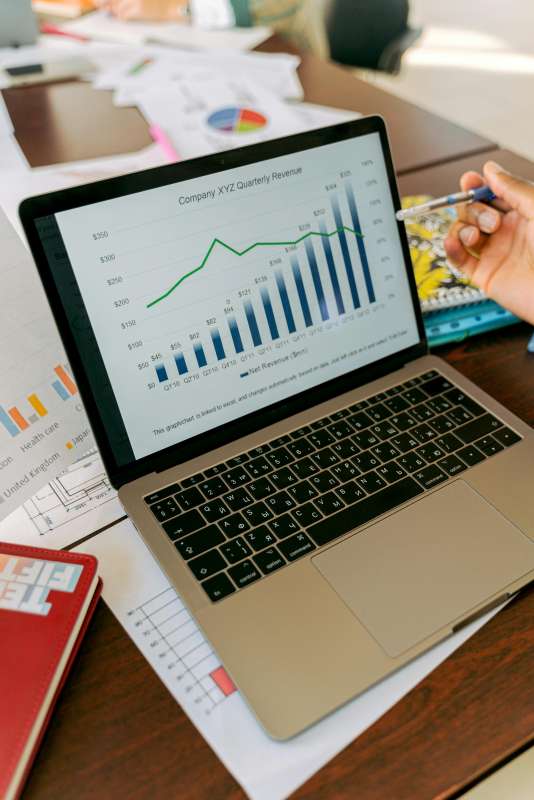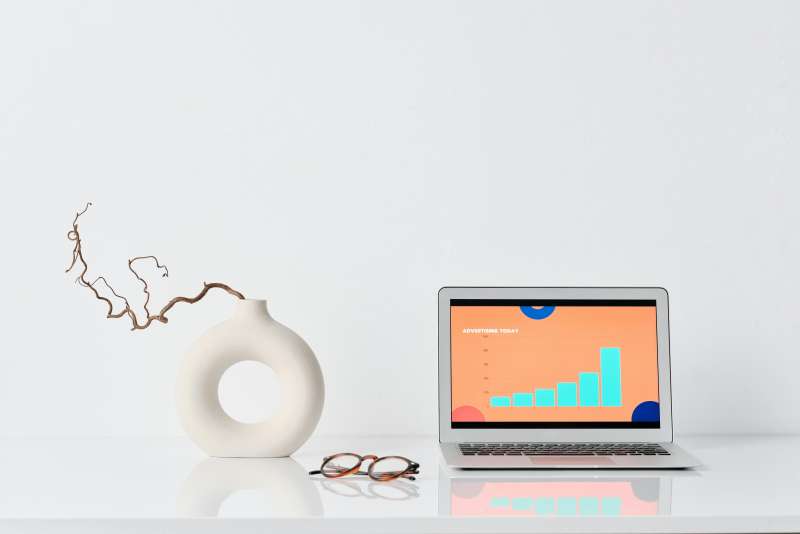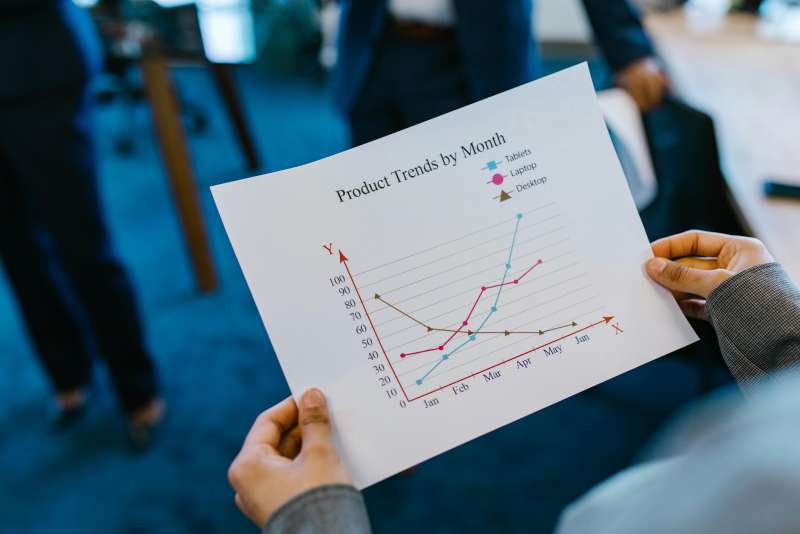The Internet of Things: The Connected World Around Us
Published on: April 29, 2025
In recent years, technology has been evolving at unprecedented speeds, changing the way we live, work, and communicate. One of the most significant drivers of this transformation is the concept of the Internet of Things (IoT). It involves a network of connected devices that collect, exchange, and analyze data in real time, often without human intervention. From smart refrigerators to industrial sensors, IoT pushes the boundaries of what is possible and creates a new digital reality.
This article explores what the Internet of Things is, where it is applied, its benefits and challenges, and what the future holds for this revolutionary technology.
What Is the Internet of Things (IoT)?
The Internet of Things refers to a network of physical objects (“things”) equipped with sensors, software, chips, communication interfaces, and other technologies that allow them to connect and exchange data with other systems over the internet. These “smart” devices can be anything—from watches and thermostats to manufacturing machines and vehicles.
Key Characteristics of IoT:
-
Connectivity: Devices communicate through the internet.
-
Automation: Data is collected, analyzed, and acted upon automatically.
-
Intelligence: Some devices are capable of making autonomous decisions.
-
Scalability: The network can connect billions of devices globally.
Applications of IoT Across Industries
1. Smart Home
Our homes are becoming increasingly intelligent thanks to IoT. Devices such as smart lights, cameras, thermostats, alarms, and voice assistants communicate with each other and are managed remotely via mobile apps. This increases convenience and enhances security.
Examples:
-
A smart thermostat that adjusts based on your daily routine.
-
A security camera that sends alerts when it detects motion.
-
A refrigerator that tracks inventory and suggests shopping lists.
2. Industry (Industrial IoT – IIoT)
In the manufacturing sector, IoT plays a key role in improving efficiency and reducing costs. Sensors embedded in machines monitor their condition and alert maintenance teams to potential issues before they occur (predictive maintenance).
Benefits:
-
Better resource management.
-
Reduced downtime.
-
Improved worker safety.
3. Healthcare
IoT is revolutionizing healthcare through remote monitoring devices, wearable sensors, and telemedicine solutions. This enables constant health tracking for patients regardless of their location.
Examples:
-
Smartwatches that monitor heart rate and activity.
-
Devices that track blood sugar or blood pressure.
-
IoT platforms that transmit real-time data to physicians.
4. Transportation and Logistics
Intelligent transportation systems use IoT to manage traffic, track vehicles, and optimize logistics chains. This improves routes, lowers operational costs, and enhances the customer experience.
Examples:
-
Fleets of trucks with GPS trackers.
-
Automated warehouses with robotic systems.
-
Smart parking and navigation solutions in cities.
5. Agriculture
Farmers use IoT to monitor soil moisture, climate, and crop health to make data-driven decisions. This results in higher yields and more sustainable farming practices.
Examples:
-
Drones for aerial field monitoring.
-
Devices measuring soil pH and humidity.
-
Automated irrigation systems.
Benefits of IoT
-
Efficiency and Automation
IoT systems optimize processes, reduce the need for human intervention, and allow automatic control and maintenance. -
Time and Resource Savings
Through intelligent energy management, logistics, or predictive maintenance, organizations and households significantly cut costs. -
Enhanced Security
IoT devices can provide 24/7 monitoring of buildings, equipment, or individuals, alerting users of anomalies. -
Data-Driven Decision Making
Collected data is analyzed in real time, offering valuable insights for better decisions. -
Sustainable Development
IoT supports green technologies by enabling better resource management, reducing waste, and improving energy efficiency.
Challenges and Risks
1. Security and Privacy
As the number of connected devices grows, so does the surface area for cyberattacks. It’s not always clear what data is collected or who can access it.
2. Compatibility and Standardization
Different manufacturers use different protocols, which can hinder integration within a single ecosystem.
3. High Initial Costs
Implementing IoT infrastructure (sensors, networks, servers) can require a significant investment, especially in industrial applications.
4. Data Management
IoT generates massive volumes of data, which need to be stored, processed, and secured effectively.
IoT and Artificial Intelligence: The Perfect Match
IoT and AI are a perfect match. IoT collects data, and AI analyzes it and makes decisions. This creates smarter systems that learn and adapt to their environment.
Examples:
-
Smart cities with adaptive street lighting.
-
Intelligent production lines with predictive maintenance.
-
Autonomous vehicles integrating IoT and AI data streams.
The Future of the Internet of Things
By 2030, the number of IoT devices is expected to exceed 30 billion. The development of 5G networks, new energy-efficient protocols, and cheaper sensors will further accelerate IoT adoption.
Emerging Trends:
-
Edge computing: Processing data where it is generated instead of in centralized servers.
-
Digital twins: Virtual replicas of real-world objects powered by IoT data.
-
IoT in the metaverse: Interaction with physical objects via VR/AR platforms.
The Internet of Things is reshaping the world around us in ways we are only beginning to understand. From our homes to the most complex industrial systems, IoT creates an invisible web of intelligent connections that make our lives safer, more convenient, and more efficient. Despite its challenges, its transformative potential is immense and will continue to grow in the years to come.










